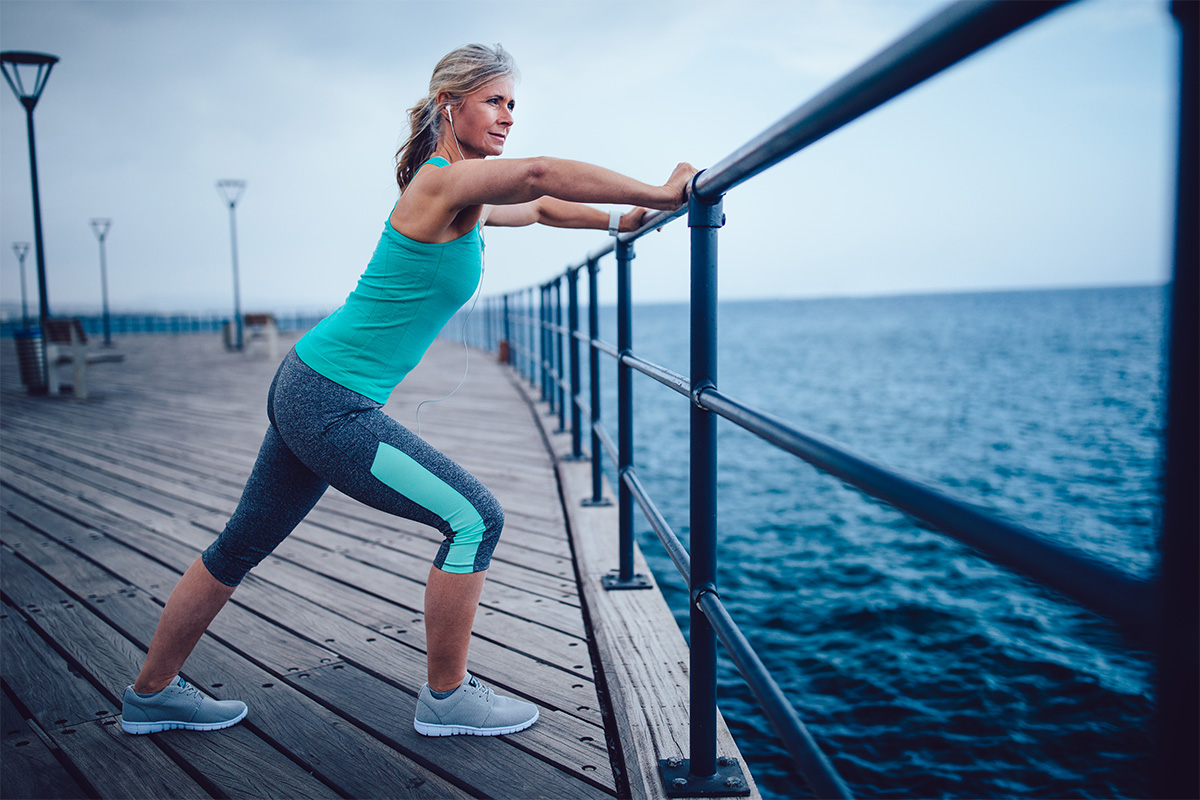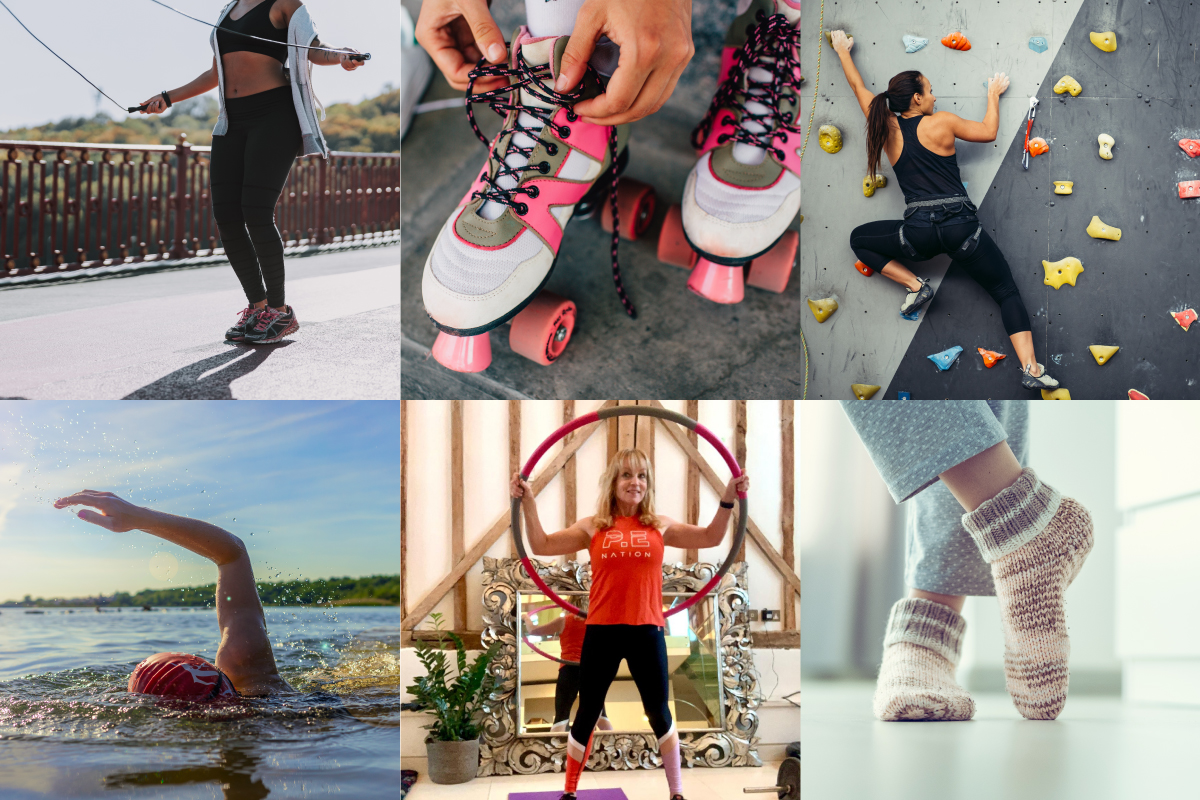It has recently been revealed by Public Health England (PHE) that 4 in 10 adults fail to walk briskly for 10 minutes each month.
41% of the 15.3 million English adults aged 40 to 60 walk less than 10 minutes continuously each month at a brisk pace of at least 3 mph. Although brisk is the key word, which is why walking around town, shopping or walking to work don’t count.
A ‘brisk’ pace is fairly quick, It’s essentially power walking, any quicker and you’d be lightly jogging.
So it’s more that we’re not walking quick enough rather than not walking enough.
Why do I need to walk quicker?
Walking quicker is really just turning the activity into a form of daily exercise to avoid inactivity, which is incredibly beneficial to our wellbeing.
6 million middle aged people in the UK partake in no exercise at all. This is defined as a sedentary lifestyle (less than 30 minutes of exercise a week) which is detrimental to our health as 1 in 6 deaths are linked to inactivity.
Clinicians explain an inactive lifestyle increases the risk of prematurely developing serious health conditions including various types of cancer, type 2 diabetes, heart disease and dementia.
“We all know physical activity is good for your health but for the first time we’re seeing the effects that easily achievable changes can make. By walking just 10 continuous minutes at a brisk pace every day, an individual can reduce their risk of early death by 15%. said Prof Sir Muir Gray, a clinical adviser for the Active 10 app. An app designed to inspire more Brits to walk at least 10 minutes a day.
1. Get up earlier
Lack of time is one of the major reasons people in the UK don’t exercise. Considering how harmfull inactivity is to your health, it’s vital to make a little time to get moving.
Waking up 20 minutes earlier gives you enough time to walk, or even do a mini HIIT workout or stretch session.
2. Walk quicker
A reason why Brits are failing to be inactive is because although they’re most likely walking a decent amount from day-to-day tasks, they’re not walking fast enough. Walk at least 3 mph, what is considered a ‘brisk pace’ to get your heart pumping and start reaping the benefits of regular walking.
3. Get some weights
Add some resistance to your workout without needing to go the gym. Making workouts as accessible as possible means there’s less to stop you from doing them. Weight training has heaps of positive ageing benefits, as well as making you more muscular and toned.
4. Get a walking buddy
Socialising when you’re active gives you another incentive to work out. Rather than meeting your friend at a cafe or for dinner, why not meet for a run or spin class.
5. Use technology
Set reminders to keep to your routine. Download apps to track progress, help you achieve your goals and keep yourself motivated, whether you’re doing yoga, running, walking or weight lifting. Myfitnesspal, Nike+ training club, Fitbit companion app and now, active 10 are all brilliant apps to help you get fitter.
What are your thoughts towards the middle aged inactivity ‘crisis’? Let us know in the comments below.





